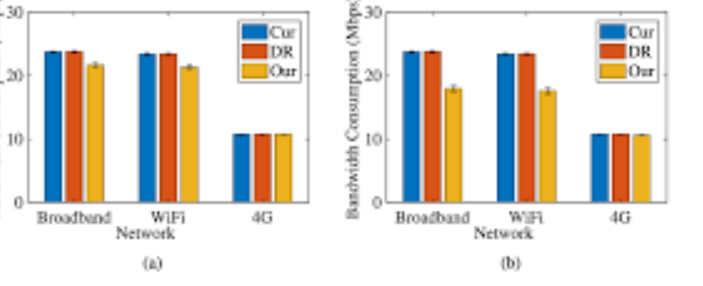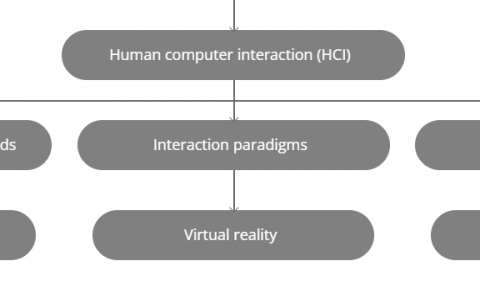Optimizing Fixation Prediction Using Recurrent Neural Networks for 360∘ Video Streaming in Head-Mounted Virtual Reality
PubDate: July 2019
Teams: National Tsing Hua University
Writers: Ching-Ling Fan; Shou-Cheng Yen; Chun-Ying Huang; Cheng-Hsin Hsu

Abstract
We study the problem of predicting the viewing probability of different parts of 3600 videos when streaming them to head-mounted displays. We propose a fixation prediction network based on recurrent neural network, which leverages sensor and content features. The content features are derived by computer vision (CV) algorithms, which may suffer from inferior performance due to various types of distortion caused by diverse 3600 video projection models. We propose a unified approach with overlapping virtual viewports to eliminate such negative effects, and we evaluate our proposed solution using several CV algorithms, such as saliency detection, face detection, and object detection. We find that overlapping virtual viewports increase the performance of these existing CV algorithms that were not trained for 3600 videos. We next fine-tune our fixation prediction network with diverse design options, including: 1) with or without overlapping virtual viewports, 2) with or without future content features, and 3) different feature sampling rates. We empirically choose the best fixation prediction network and use it in a 3600 video streaming system. We conduct extensive trace-driven simulations with a large-scale dataset to quantify the performance of the 3600 video streaming system with different fixation prediction algorithms. The results show that our proposed fixation prediction network outperforms other algorithms in several aspects, such as: 1) achieving comparable video quality (average gaps between -0.05 and 0.92 dB), 2) consuming much less bandwidth (average bandwidth reduction by up to 8 Mb/s), 3) reducing the rebuffering time (on average 40 s in bandwidth-limited 4G cellular networks), and 4) running in real-time (at most 124 ms).



